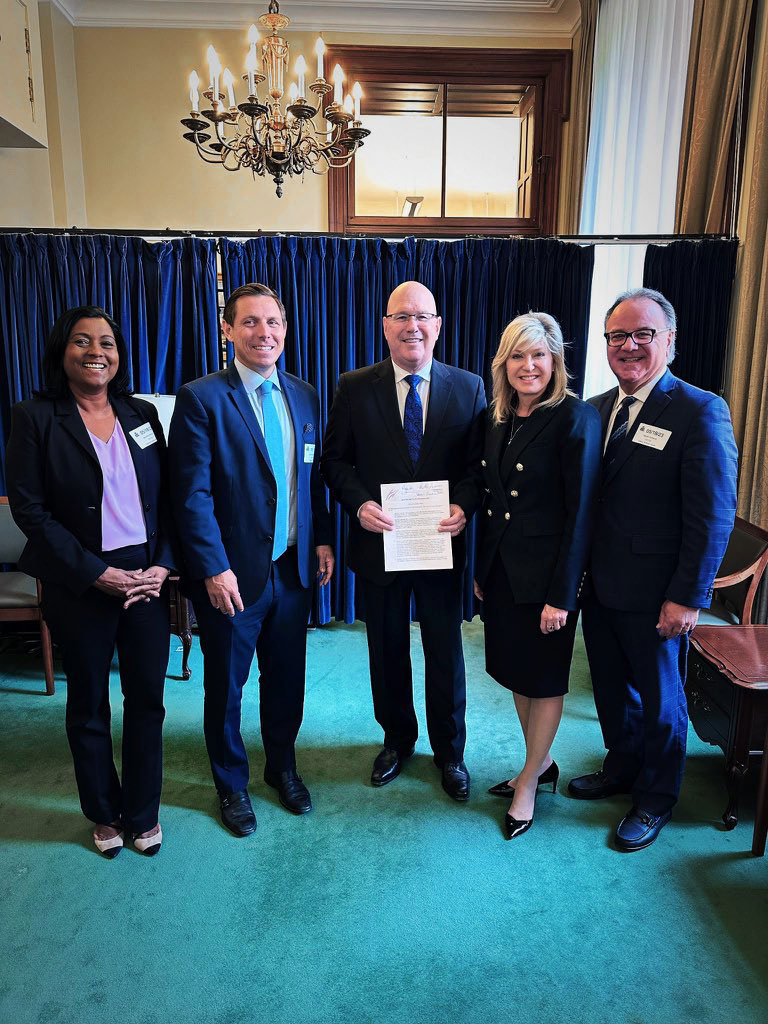
On eighteenth May , the Ontario government presented the Hazel McCallion Act, which would, whenever passed, start the interaction to break up the Local District of Strip and make the regions of Mississauga, Brampton and Caledon autonomous. Hazel McCallion, Peel Region’s longest-serving mayor, was instrumental in the region’s remarkable growth during her 36 years as Mississauga Mayor and a long-time advocate for greater autonomy for her city. The proposed legislation honors her legacy.
The area’s arrangement would assist with guaranteeing the continuation of great administrations for citizens while working on the proficiency of nearby legislatures as they plan for future development, including by following through with their metropolitan lodging promises.
Minister of Municipal Affairs and Housing Steve Clark stated, “Our government is working with our municipal partners to provide the tools and autonomy required to deliver on our shared commitments to the people of Ontario, including addressing the housing supply crisis.” The Locale of Strip incorporates probably the biggest and quickest developing regions in Canada and is ready for huge development over the course of the following ten years. Our government is facilitating this expansion by reducing bureaucracy, increasing productivity, and maintaining the high standard of local services that Mississauga, Brampton, and Caledon residents rightly expect.
In order to facilitate this transition in local government and, if necessary, to help ensure prudent financial stewardship until the municipality’s dissolution, the province would establish a transition board of up to five individuals. The board would give suggestions to the territory to assist Mississauga, Brampton and Caledon with preparing to become single-level regions on January 1, 2025, when the proposed changes, whenever passed, would happen. On the off chance that the regulation passes, names of the individuals from the board will be delivered before long.
With the help of the transition board, the dissolution process would help guarantee a fair outcome for the three municipalities that puts the preservation of frontline services and workers, respect for taxpayers, and efficiency in government first. While providing these rapidly expanding municipalities with the tools necessary to plan for population growth and meet their housing pledges, the process would respect and support the effective administration of local governance during and after the dissolution.
The province’s clear expectation that the affected municipalities cooperate fairly and collaboratively to ensure taxpayers receive high-quality, cost-effective services would be implemented by the transition board. The dissolution procedure would help guarantee an equitable outcome for all residents and preserve their access to municipal services regardless of location wherever there are shared assets and services.
The province will also appoint regional facilitators to evaluate the upper-tier municipalities of Durham, Halton, Niagara, Simcoe, Waterloo, and York in the coming weeks. These facilitators will be tasked with determining whether the lower-tier municipalities are mature enough to pursue dissolution or whether the upper-tier government continues to be relevant to the needs of its communities. Where they suggest that a two-level government is as yet required, the facilitators will likewise create proposals on how they can all the more successfully answer the issues confronting Ontario’s quickly developing districts today, especially with regards to meeting metropolitan lodging promises and handling the lodging supply emergency.




